The Human Brain Project wraps up in September after a decade. Nature examines its achievements and its troubled past.
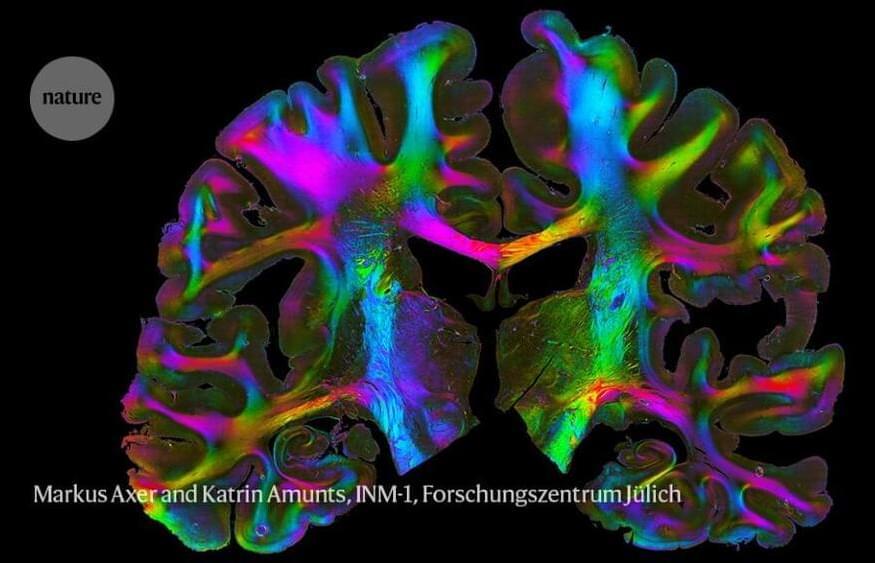

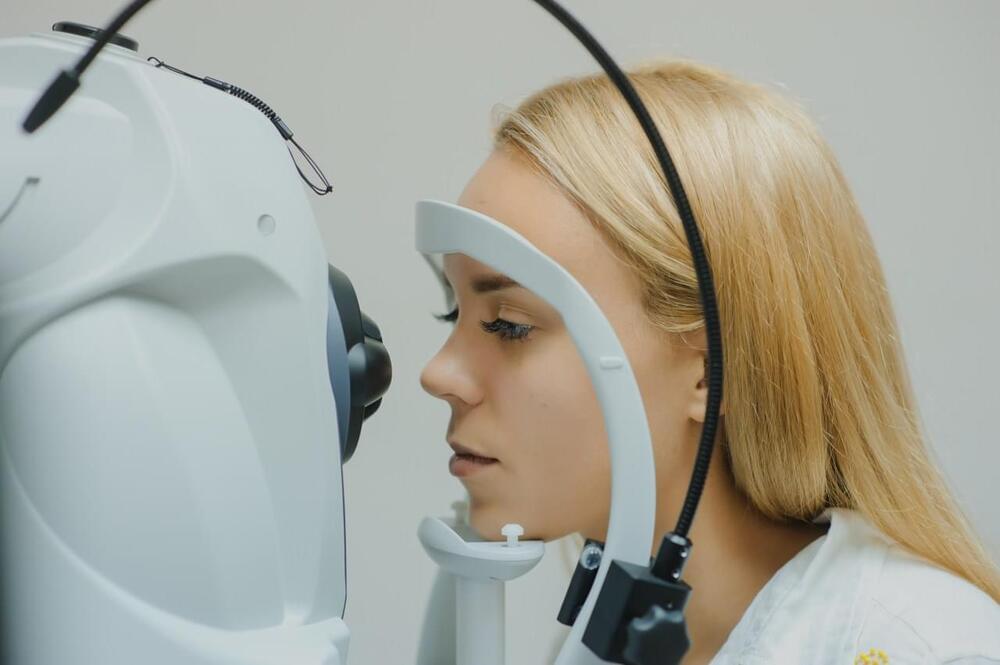
(NewsNation) — Eye scans could be able to detect Parkinson’s disease several years before the presentation of other symptoms, according to a new study.
The findings, published in the journal Neurology, add to growing evidence that eye scans could help detect neurodegenerative diseases including Alzheimer’s and multiple sclerosis.
Researchers at University College Hospital and the Moorfields Eye Hospital used a type of 3D scan known as optical coherence tomography (OCT) which detected Parkinson’s disease markers an average of seven years before clinical symptoms.
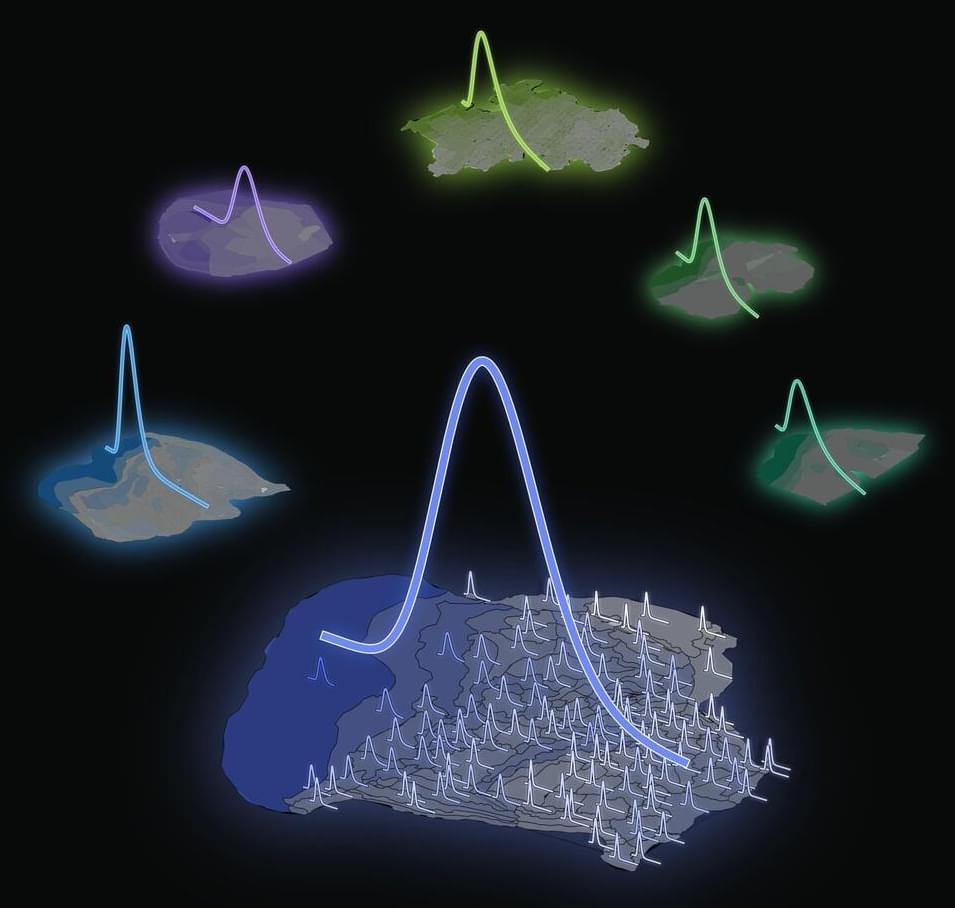
Human Brain Project (HBP) researchers from Forschungszentrum Jülich and the University of Cologne (Germany) have uncovered how neuron densities are distributed across and within cortical areas in the mammalian brain. They have unveiled a fundamental organizational principle of cortical cytoarchitecture: the ubiquitous lognormal distribution of neuron densities.
Numbers of neurons and their spatial arrangement play a crucial role in shaping the brain’s structure and function. Yet, despite the wealth of available cytoarchitectonic data, the statistical distributions of neuron densities remain largely undescribed. The new HBP study, published in Cerebral Cortex, advances our understanding of the organization of mammalian brains.
The team based their investigations on nine publicly available datasets of seven species: mouse, marmoset, macaque, galago, owl monkey, baboon and human. After analyzing the cortical areas of each, they found that neuron densities within these areas follow a consistent pattern—a lognormal distribution. This suggests a fundamental organizational principle underlying the densities of neurons in the mammalian brain.
The strange science experiment that blew a worm’s head off… and blew our minds.
This interview is an episode from @The-Well, our publication about ideas that inspire a life well-lived, created with the @JohnTempletonFoundation.
Watch Michael Levin’s next interview ► https://youtu.be/XHMyKOpiYjk.
Michael Levin, a developmental biologist at Tufts University, challenges conventional notions of intelligence, arguing that it is inherently collective rather than individual.
Levin explains that we are collections of cells, with each cell possessing competencies developed from their evolution from unicellular organisms. This forms a multi-scale competency architecture, where each level, from cells to tissues to organs, is solving problems within their unique spaces.
Levin emphasizes that properly recognizing intelligence, which spans different scales of existence, is vital for understanding life’s complexities. And this perspective suggests a radical shift in understanding ourselves and the world around us, acknowledging the cognitive abilities present at every level of our existence.
https://youtube.com/watch?v=wc8qRKm9MLs&feature=share7
Boltzmann brain is another bizarre consequence of laws of physics. It’s a configuration of matter, similar to our brains; a statistical fluctuation risen out of thermal equilibrium, a conscious observer created by a sudden decrease in entropy, having false memories of a grand structure exactly like our universe.
Given enough time, every single possibility allowed by the physical laws in our most likely closed universe must eventually occur, including one with a fluctuated brain, sitting in the middle of nowhere, having the exact same thoughts that you are having right now.
Boltzmann brains are speculative and inevitable at the same time. There is a serious chance that you might be indeed one of those brains, experiencing your false memories within a fake universe which is nothing but a delusion.
Sources:
(Matthew Davenport, Ken D. Olum) Are there Boltzmann brains in the vacuum.
https://arxiv.org/abs/1008.
(Sean M. Carroll) Why Boltzmann Brains Are Bad.
https://arxiv.org/abs/1702.
Musics:
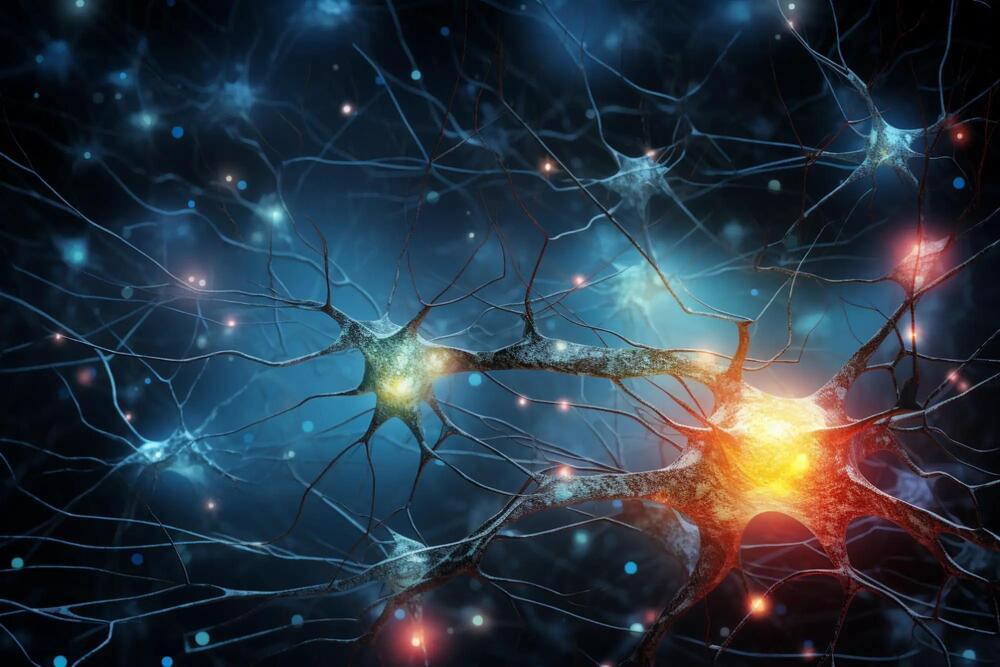
MIT researchers have created a detailed map of neuron activity in the C. elegans worm, revealing how neurons encode behavior. Using cutting-edge technology, they discovered neurons’ capability to adjust their encoding based on various factors and conditions. Their findings provide a comprehensive neural behavior atlas for further studies.
MIT
MIT is an acronym for the Massachusetts Institute of Technology. It is a prestigious private research university in Cambridge, Massachusetts that was founded in 1861. It is organized into five Schools: architecture and planning; engineering; humanities, arts, and social sciences; management; and science. MIT’s impact includes many scientific breakthroughs and technological advances. Their stated goal is to make a better world through education, research, and innovation.

Summary: New research delves into how the statistical distributions of neuron densities shape mammalian brains.
The study analyzed seven species, discovering that neuron densities follow a lognormal distribution – a fundamental organizational principle. This distribution is distinct due to its asymmetric curve and is significant for understanding brain connectivity and the design of brain-inspired technology.
As many attributes of the brain align with this distribution, it hints at its potential computational benefits.

The ancient Greek philosopher Aristotle wrote in his manuscript on Physics 2,373 years ago: “If everything that exists has a place, place too will have a place, and so on ad infinitum.” Is the notion of space being continuous ‘without limit’ justified?
Before elementary particles were discovered, water was thought to be a continuous fluid. This is a good approximation on large scales but not on molecular scales where the interactions among elementary particles matter.
Similarly, spacetime has been thought to be a continuum since ancient times. While this notion appears consistent with all experimental data on large spatial or temporal scales, it may not be valid on tiny scales where quantum effects of gravity matter. An analogy can be made with the illusion of a movie which appears continuous when the frame rate is high enough and the spatial pixels are small enough for our brain to process the experience as seamless. Since our brain is made of elementary particles, the temporal and spatial resolution by which it senses reality is coarser by many orders of magnitude than any fundamental scale by which spacetime is discretized.

A new research paper was published by Aging (listed by MEDLINE/PubMed as “Aging (Albany NY)” and “Aging-US” by Web of Science) in Volume 15, Issue 15, entitled, “Associations between klotho and telomere biology in high stress caregivers.”
Aging biomarkers may be related to each other through direct co-regulation and/or through being regulated by common processes associated with chronological aging or stress. Klotho is an aging regulator that acts as a circulating hormone with critical involvement in regulating insulin signaling, phosphate homeostasis, oxidative stress, and age-related inflammatory functioning.
In this new study, researchers Ryan L. Brown, Elissa E. Epel, Jue Lin, Dena B. Dubal, and Aric A. Prather from the Department of Psychiatry and Behavioral Sciences, University of California, San Francisco, Department of Biochemistry and Biophysics, University of California, San Francisco, and the Department of Neurology and Weill Institute of Neurosciences, University of California, San Francisco discuss the association between klotho levels and telomere length of specific sorted immune cells among a healthy sample of mothers caregiving for a child with autism spectrum disorder (ASD) or a child without ASD — covarying age and body mass index — in order to understand if high stress associated with caregiving for a child with an ASD may be involved in any association between these aging biomarkers.
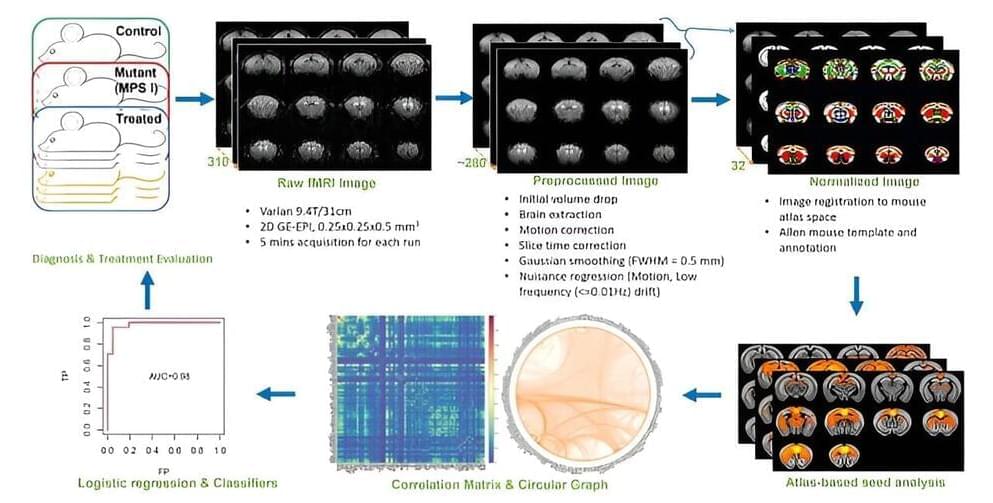
A new study from the University of Minnesota is the first to demonstrate the ability for gene therapy to repair neural connections for those with the rare genetic brain disorder known as Hurler syndrome. The findings suggest the use of gene therapies—an entirely new standard for treatment—for those with brain disorders like Hurler syndrome, which have a devastating impact on those affected.